In this article, we will discuss the top 15 Latest AI technologies and how they are impacting our daily lives.
Artificial Intelligence (AI) is an area of computer science that deals with creating intelligent machines capable of performing tasks normally performed by humans, such as visual perception, decision-making, speech recognition, and language translation.
According to Gray Scott, an AI expert, “There is no reason and no way that a human mind can keep up with an artificial intelligence machine by 2035.”
The AI market is projected to increase by $76.44 billion from 2020 to 2025, with a CAGR of 21%.AI is already having a significant impact on our daily lives and is set to transform our world in the coming years.
For instance, AI-enabled robots are being used in hospitals to help with tasks such as disinfecting rooms and delivering medical supplies, and AI-driven chatbots are already being used by many companies to provide customer support.
But don’t worry, AI robots still can’t do your laundry or make your bed – yet! AI technology is still in its early stages and has a long way to go before it can match the capabilities of humans.
While AI can automate certain tasks and provide assistance, it still needs to be monitored and supervised by humans to ensure that it is used responsibly and ethically.
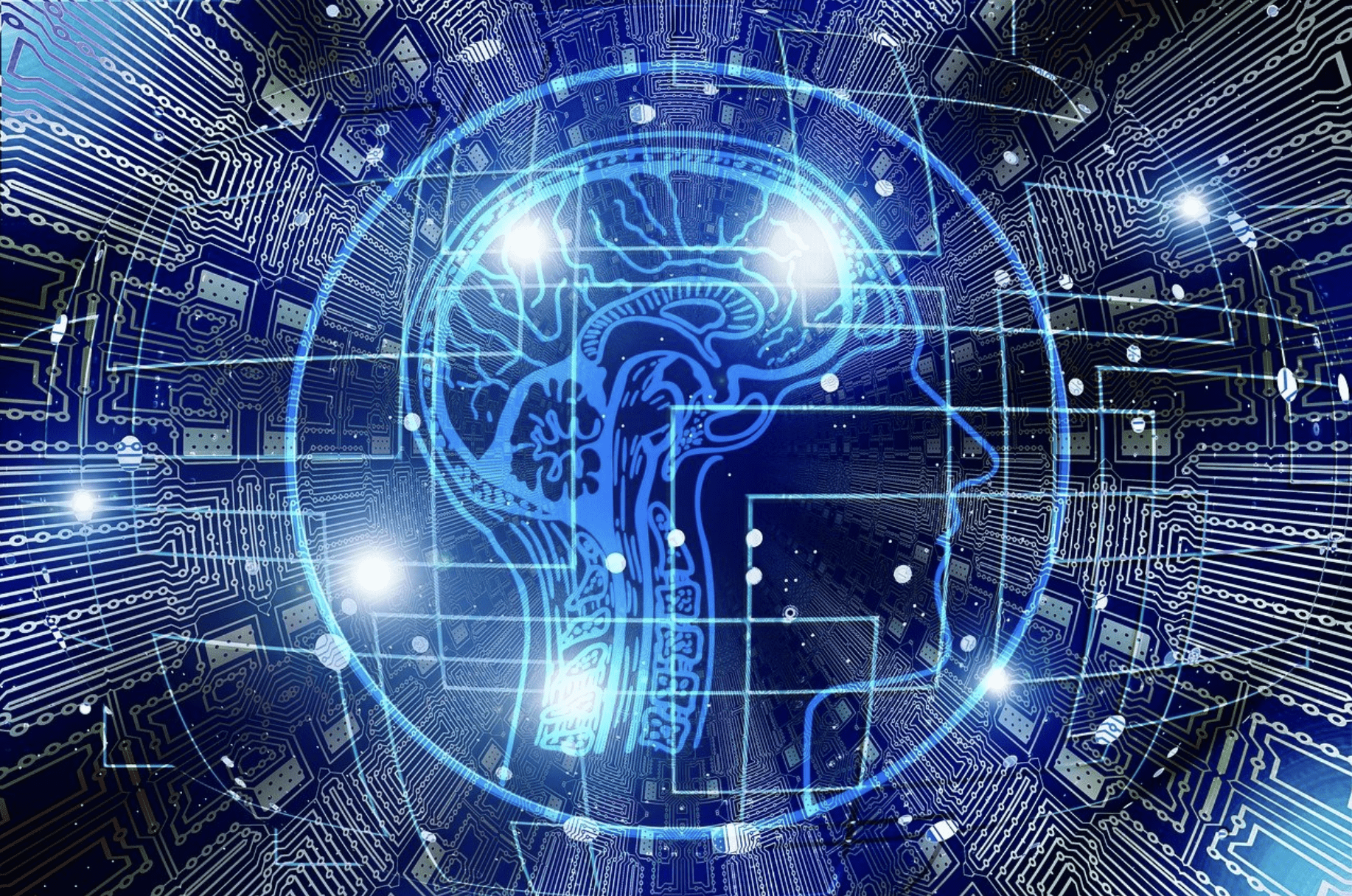
Top 15 Latest AI Technologies 2025
Here is the list of the top 15 latest AI technologies transforming our lives for the better:
1. Generative Pre-trained Transformer 3 (GPT-3)
GPT-3 is an advanced language processing model developed by OpenAI that generates human-like text. It can perform a range of tasks such as writing essays, composing emails, and even coding.
GPT-3 has been praised for its natural language generation capabilities and is used by businesses to automate content creation and customer support.
GPT-3 is considered to be one of the most powerful AI tools ever created, with its potential applications ranging from natural language processing and machine translation to automated content creation.
It has been heralded as a breakthrough in artificial intelligence and has the potential to revolutionize the way we interact with computers.
For example, GPT-3 was used to create a virtual assistant that can answer customer questions in natural language, reducing the time and resources needed for customer support.
3. Autonomous Vehicles
Autonomous vehicles are cars that can drive themselves without human intervention. They use sensors, GPS, and AI to navigate roads and make decisions.
Autonomous vehicles are set to revolutionize the transportation industry by reducing accidents, improving traffic flow, and increasing accessibility for people who cannot drive.
According to Allied Market Research, the global autonomous vehicle market is expected to grow from USD 54.23 billion in 2019 to USD 556.67 billion by 2026, at a CAGR of 39.47%.
Autonomous vehicle technology is being developed by major car manufacturers, tech companies, and start-ups. Companies such as Tesla, Toyota, and Apple are all investing heavily in autonomous vehicle research and development.
Additionally, many countries around the world are taking steps to create legal and regulatory frameworks for the adoption of autonomous vehicles.
For instance, Singapore has established the Singapore Autonomous Vehicle Initiative to oversee the development of autonomous vehicle technology and to ensure the safety of the public.
4. Robotics
Robotics is the field of AI that deals with creating robots that perform tasks that usually require human intelligence. These tasks include assembly line work, surgery, and even firefighting.
Robotics is already used in industries such as manufacturing, healthcare, and agriculture. ResearchAndMarkets expects the global robotics market is expected to grow from USD 62.75 billion in 2020 to USD 103.94 billion by 2026, at a CAGR of 8.8%.
This growth is driven by the increasing adoption of robots in industrial and non-industrial applications. The growing need for automation and the rising labor costs are other factors driving the growth of the robotics market.
For instance, in the agriculture sector, robots are being used for tasks such as planting, weeding, harvesting, and pruning, which are labor-intensive and require precision.
6. Recommendation Systems
Recommendation systems are AI algorithms that analyze user data to suggest products, services, or content that the user might be interested in.
Recommendation systems are already being used by e-commerce sites, streaming services, and social media platforms.
According to Zion Market Research, the global recommendation engine market is expected to grow from USD 3.6 billion in 2020 to USD 11.1 billion by 2026, at a CAGR of 20.9%.
As recommendation systems continue to improve, they are becoming increasingly important for businesses to stay competitive in the digital age.
By analyzing customer buying patterns, preferences, and interests, recommendation systems are able to make personalized and targeted recommendations that increase engagement and conversion rates.
For example, Amazon’s “frequently bought together” recommendation system is designed to suggest items to customers that they might be interested in based on their past purchases.
8. Speech Recognition
Speech recognition is the field of AI that deals with enabling machines to recognize and interpret human speech. Speech recognition is already being used in virtual assistants, smart speakers, and dictation software.
According to MarketsandMarkets, the global speech and voice recognition market is expected to grow from USD 7.5 billion in 2020 to USD 27.16 billion by 2026, at a CAGR of 23.0%.
The technology is being used in a variety of industries, including healthcare, automotive, consumer, and enterprise. It is also becoming increasingly popular in education, as it is helping to make learning more interactive and engaging.
For instance, the use of voice recognition technology in the classroom has enabled students to practice speaking in a foreign language and receive instant feedback on their pronunciation.
9. Deep Learning
Deep learning is a subfield of AI that deals with enabling machines to learn and improve through experience, without being explicitly programmed.
Deep learning is already being used in industries such as healthcare, finance, and transportation.
According to MarketsandMarkets, the global deep learning market is expected to grow from USD 2.9 billion in 2020 to USD 17.2 billion by 2025, at a CAGR of 42.7%.
This growth is largely driven by the increasing demand for AI-enabled solutions and the growing need for real-time data analysis.
Additionally, the emergence of 5G networks is expected to further accelerate market growth.
For example, deep learning-based healthcare solutions are used to diagnose diseases such as cancer, Alzheimer’s, and Parkinson’s, and to detect irregularities in X-rays and MRI scans.
10. Facial Recognition
Facial recognition is a technology that enables machines to recognize and identify human faces. Facial recognition is already being used in security, marketing, and even healthcare.
According to MarketsandMarkets, the global facial recognition market is expected to grow from USD 3.2 billion in 2020 to USD 8.5 billion by 2025, at a CAGR of 21.3%.
This growth is attributed to the increasing demand for facial recognition technology in various sectors as well as its growing adoption in the form of biometric access control and surveillance systems.
Additionally, the increasing use of facial recognition technology in law enforcement is a key factor driving the market.
For example, the UK Metropolitan Police Service utilizes facial recognition technology to identify wanted persons in crowded areas in order to reduce crime.
11. Edge Computing
Edge computing is a technology that enables the processing and analysis of data to be done locally on the device, rather than on a centralized server.
Edge computing is already being used in industries such as healthcare, manufacturing, and transportation.
According to MarketsandMarkets, the global edge computing market is expected to grow from USD 3.6 billion in 2020 to USD 15.7 billion by 2025, at a CAGR of 34.1%.
This growth is driven by the need for real-time data analysis, increased adoption of IoT devices, and the need for low latency and high bandwidth.
Edge computing is expected to revolutionize the way data is processed and analyzed.
For example, in healthcare, edge computing can be used to detect anomalies in medical images, enabling doctors to diagnose diseases in real-time and provide faster medical care.
12. Reinforcement Learning
Reinforcement learning is a subfield of AI that deals with enabling machines to learn from feedback and improve their decision-making abilities.
Reinforcement learning is already being used in industries such as gaming, robotics, and finance.
According to MarketsandMarkets, the global reinforcement learning market is expected to grow from USD 303 million in 2020 to USD 9.9 billion by 2025, at a CAGR of 75.8%.
This rapid growth is due to increasing demand for automation and innovative AI-based solutions across industries.
Reinforcement learning is expected to be used more and more in the coming years to create smarter, more efficient systems and processes.
For instance, Amazon has been leveraging reinforcement learning for tasks such as optimizing its supply chain operations and pricing decisions.
13. Explainable AI
Explainable AI is a technology that enables the interpretation of AI decisions and outputs in a way that can be easily understood by humans.
Explainable AI is becoming increasingly important as AI is being integrated into critical decision-making processes.
According to MarketsandMarkets, the global explainable AI market is expected to grow from USD 1.7 billion in 2020 to USD 4.5 billion by 2025, at a CAGR of 21.7%.
This growth is largely attributed to the increasing focus on transparency and trust in AI-driven decisions, as well as the need to comply with various regulations related to explainable AI.
The increasing demand for AI-enabled applications across industry verticals is also driving the growth of the explainable AI market.
For instance, the AI-based healthcare market is expected to grow significantly due to the increasing use of explainable AI in the medical sector.
14. Federated Learning
Federated learning is a technique that enables the training of machine learning models on decentralized data sources without compromising data privacy.
Federated learning is becoming increasingly important as more data is being generated by IoT devices and other sources.
According to MarketsandMarkets, the global federated learning market is expected to grow from USD 117 million in 2020 to USD 831 million by 2025, at a CAGR of 47.8%.
This technology is gaining traction with major tech companies such as Google, Microsoft, and Apple. The increasing demand for data privacy and security is driving the growth of the federated learning market.
For instance, Google has developed an AI-based federated learning system to improve speech recognition on mobile devices, which uses data from the device itself to improve accuracy and minimizes the data sent back to the cloud.
Quick Links:
- What Is Artificial Intelligence?
- What Is GPT-3 And Why Is It Changing the Face of Artificial Intelligence?
- Powerful Examples of Artificial Intelligence In Use Today
- Where is Artificial Intelligence Used Today?
Conclusion: Latest AI Technologies 2025
In conclusion, AI is rapidly transforming our daily lives and impacting various industries. These 15 AI technologies are just a few examples of the innovations that are shaping our future.
It is important to consider the impact of these technologies on society and ensure that they are being developed and used in an ethical and responsible manner.
As AI continues to evolve, it will undoubtedly bring new opportunities and challenges, and it is up to us to ensure that we harness its power for the betterment of humanity. We’d better make sure we don’t create a robot apocalypse!
Overall, AI technologies are revolutionizing our lives, and the global market for AI is expected to continue to grow rapidly over the next few years.
It is an exciting time for AI, and we can expect to see many more innovations and breakthroughs in the field in the coming years.
The global market for AI is expected to be worth nearly two trillion US dollars by 2030, up from its current value of around 100 billion US dollars.
As we embrace these new technologies, it is important to remember that they are not without their risks and challenges.
It is up to us to ensure that they are being developed and used in a way that benefits society as a whole while minimizing the potential risks and drawbacks.
While it is important to be aware of the risks and challenges associated with new technologies, we should also remember that they have the potential to bring a lot of good to society.
For example, new technologies can help us to communicate more easily and efficiently, connect with others around the world, and access information and resources that can improve our lives.
As AI continues to evolve, we can expect to see continued progress in fields such as healthcare, transportation, finance, and many others.
The potential for AI to transform our world is limitless, and it is up to us to ensure that we use it in a responsible and ethical manner, to create a better world for ourselves and for future generations.
As the famous physicist Stephen Hawking once wrote: “Success in creating AI would be the biggest event in human history. Unfortunately, it might also be the last, unless we learn how to avoid the risks.”

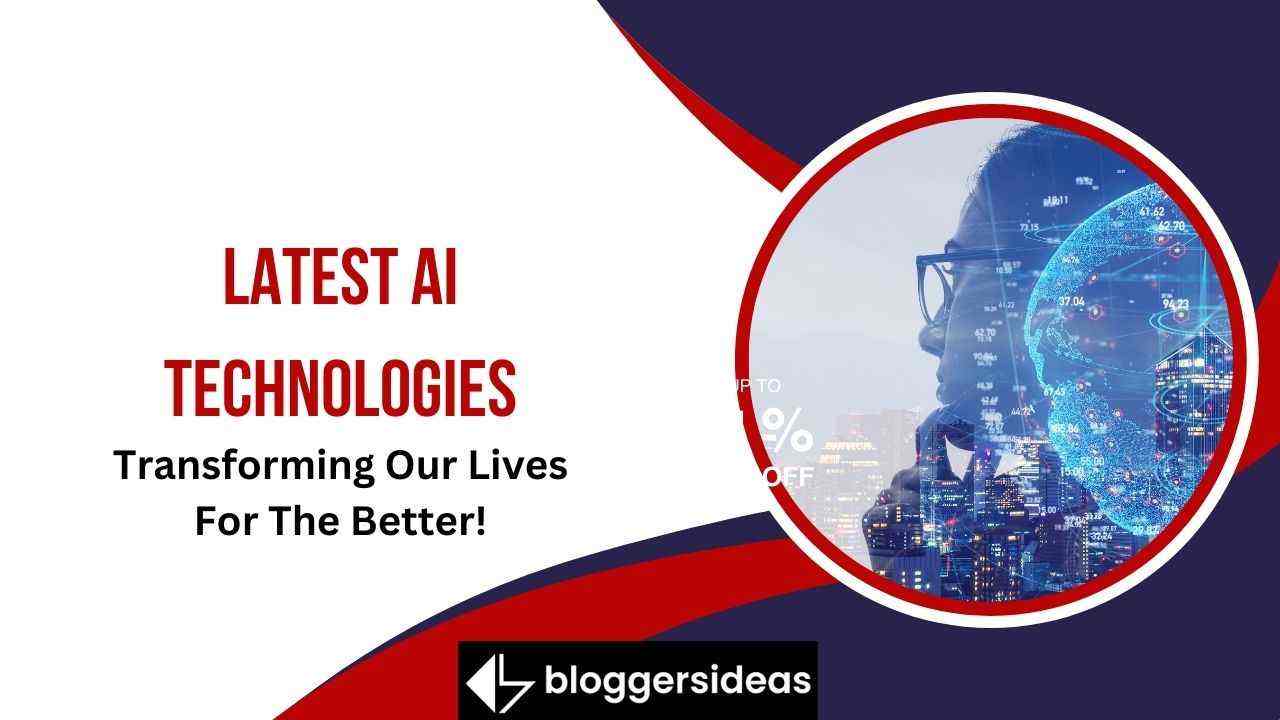
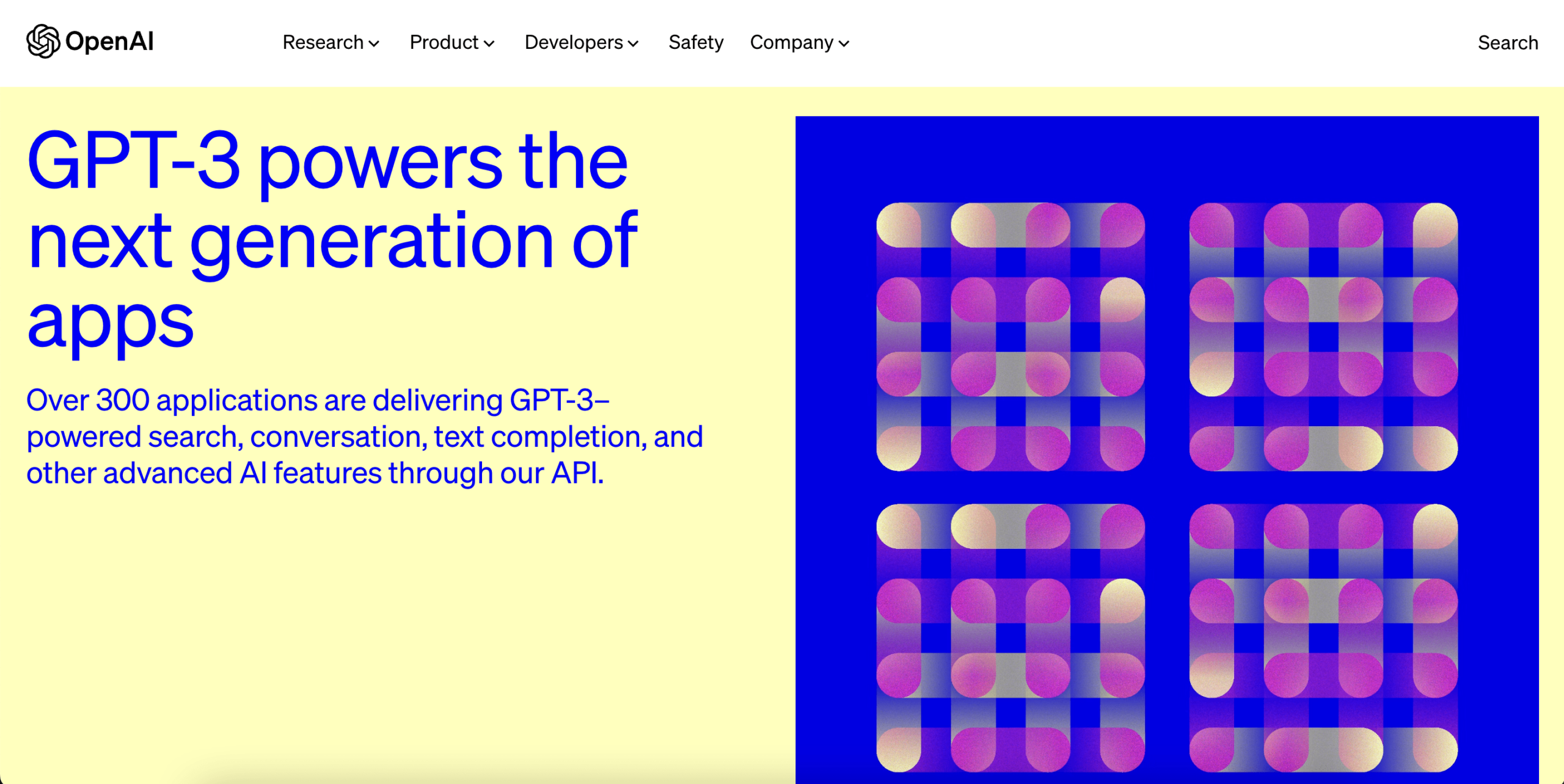
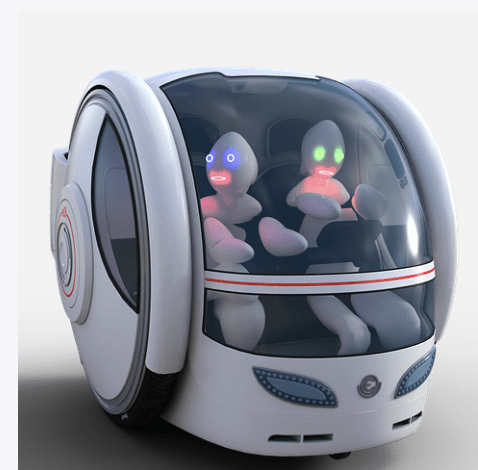


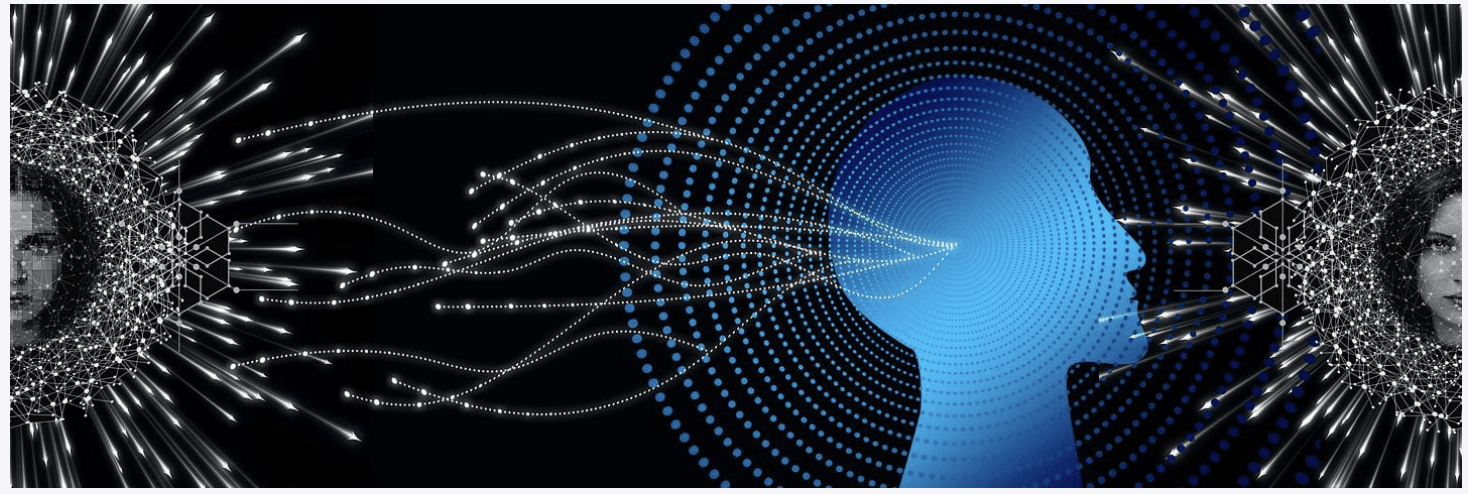




Excellent synopsis of the most recent AI innovations! Interesting to observe how AI is transforming a number of industries. It has enormous potential, but in order to improve things in the future, ethics must direct its growth. Well done for addressing the variety of applications and the necessity of responsible use. Anticipating additional updates regarding the progress of AI!